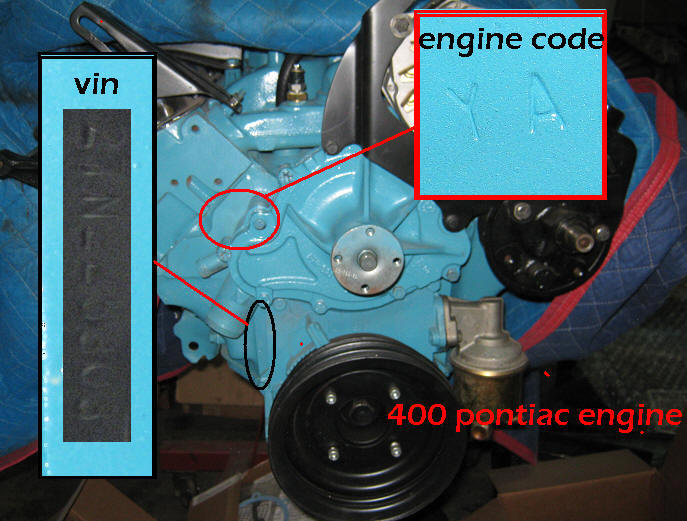Serial Casting Since its launch in 1992, the serial casting program has helped hundreds of children gain independence with standing and walking. The program is a collaboration between the and orthotics teams. We typically treat children with the following conditions, but are not limited to: • • • Residual clubfoot During serial casting, joints that are limited in range of motion are immobilized with a well-padded plaster and fiberglass cast. Comart Xecap Drivers. The casts are applied and removed on a weekly basis. With each series of casts, the affected joint or joints are gradually set in a more correct alignment until the desired range of motion is achieved.
Rapidshare Realspeak Tom. The casts provide a stable base of support while realigning joints, which allows us to strengthen muscles and teach children how to correct their center of weight for a more effective walking pattern. When a child walks on their toes, our team’s goal is to make the ankle muscle grow longer through positioning and activity. We never stretch a child’s muscle because we believe our patients should be able to partici pate in serial casting comfortably. It should not be a painful process.


Our program is also built to help children correct center of mass alignment issues, which often are contributing factors to walking with their weight balanced over their toes. Our program has been successful for many of our patients. Windows Xp Sp3 Danskin.
HCFA Adds New Codes for Casting Supplies. Orthopedic coders would indicate the CPT code for the procedure performed and choose the right supply code to describe.
Our goal is to achieve long-term correction of range of motion, improvement in walking and to delay or prevent future surgery. Approach Our approach to treating toe walking includes a casting process, braces, regular exercises and follow-up. During the serial casting phase, joints that are limited in range of motion are immobilized with a well-padded plaster and fiberglass cast.
The casts are applied and removed on a weekly basis. With each series of casts, the affected joint or joints are gradually set in a more correct alignment until the desired range of motion is achieved. The casts extend over the child’s toes to provide a stable base of support while realigning joints, allowing muscles to strengthen and teaching children to correct their center of weight for a more effective walking pattern. Our physical therapists work very closely with our orthotics team to develop the casts and the braces our patients wear. A unique aspect of our program is that physical therapists and orthotists work together with the patient and have a shared understanding of the patient’s unique needs.
We encourage children to participate in all of their typical daily activities while wearing their casts. The regular movement helps strengthens the muscles they need for correct walking alignment. We also ask that children complete at least an hour a day of standing exercises. This hour can be divided into smaller time periods. Your physical therapist will give you specific exercises. There is no typical amount of time for the casting process because each child’s muscles change at different rates.
As long as the range of motion keeps improving, we’ll continue to do weekly casts until the goal range is achieved. However, if we haven’t seen any change in a four week period, then we’ll finish casting and start the next step. After the child has completed the casting process, they will be fitted with day braces and night braces. They’ll continue doing their standing exercises, as well as a few ankle strengthening movements. Once their new walk becomes easy for them, they’ll slowly be weaned out of the day braces. Once the child is completely comfortable with their gait and walk, they’ll need about 10-15 minutes of standing exercises each day.
They will need to continue to wear their night braces until they’re done growing to avoid losing any range of motion. After completing the program, we ask that patients come back every three months so we can monitor their progress, make sure they are not losing any range of motion and revise the exercise program as needed. Children must complete the full casting and post-casting program to keep their alignment. What to Expect During the Casting Process Each child is evaluated by a physical therapist and orthotist to discuss the program and determine the child's plan of care.
Latest Posts
- ✔ Download Wow 1 12 1 Repackaging
- ✔ Download Lagu Karena Aku Punya Kamu Igo Idol
- ✔ Nokia Mobile Security Code Reset Software Free Download
- ✔ Robert Randolph Biography
- ✔ How To Download Free Music On A Metro Pcs Phones 2016
- ✔ All She Was Worth Miyuki Miyabi Pdf Creator
- ✔ Real Term Serial Capture Program Free Download
- ✔ Afrojack Steve Aoki No Beef Download 320kbps
- ✔ Magix Music Maker 2014 Soundpools Download Free
- ✔ Download Tripod Beta Software Iphone
- ✔ Soundtrack Fast And Furious 7 Mp3 Rar
- ✔ Cooper Security Multi Product Downloader Software